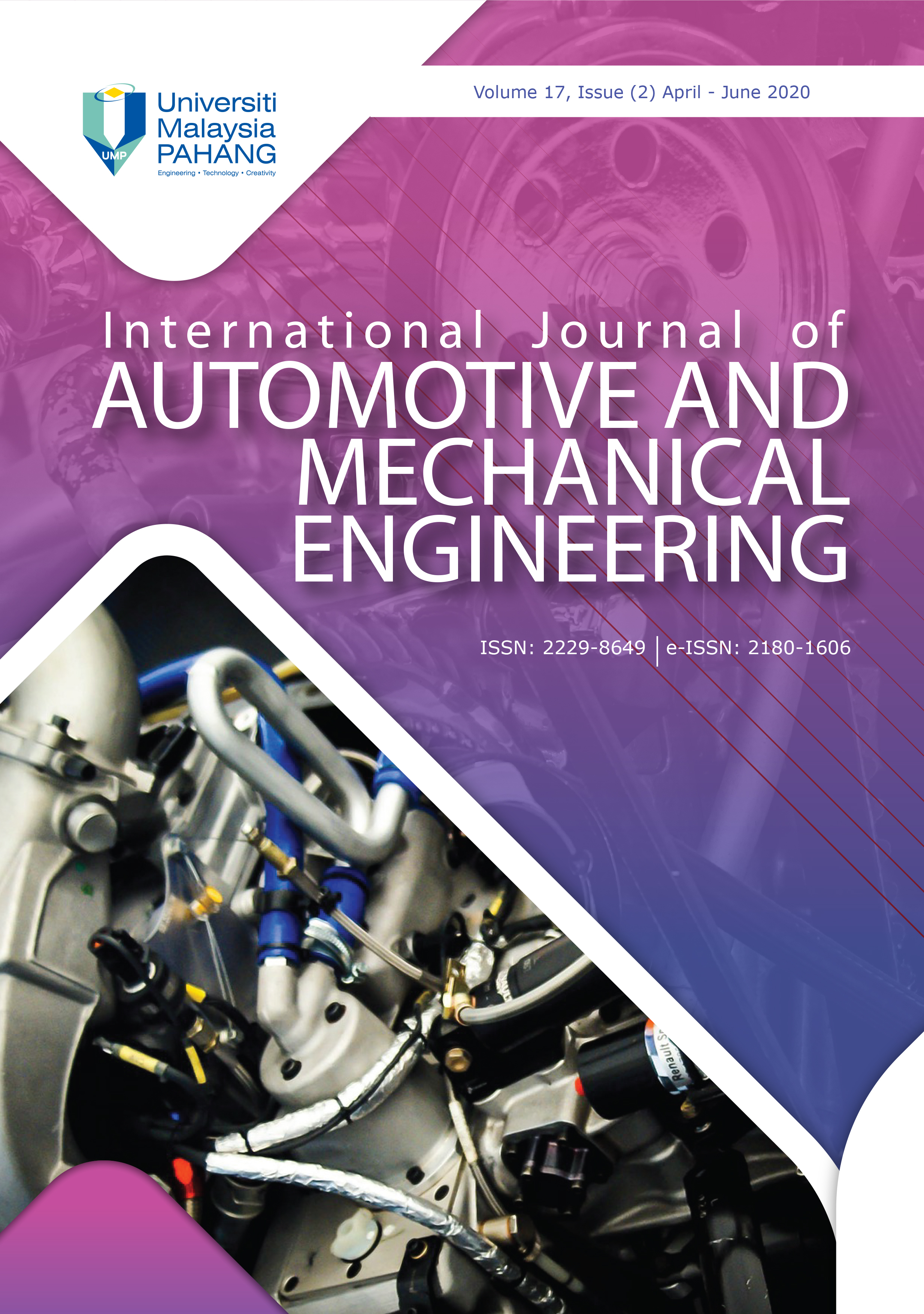Computational and Experimental Study on Pressure Drop in a Fluidised Bed with Different Air Distributor Designs
DOI:
https://doi.org/10.15282/ijame.17.2.2020.22.0603Keywords:
Computational fluid dynamics (CFD), Air distributor, Flow dynamics, Swirling fluidised bed, Slotted distributorAbstract
Fluidised bed combustion (FBC) has been recognised as a suitable technology for converting a wide variety of fuels into energy. In a fluidised bed, the air is passed through a bed of granular solids resting on a distributor plate. Distributor plate plays an essential role as it determines the gas-solid movement and mixing pattern in a fluidised bed. It is believed that the effect of distributor configurations such as variation of free area ratio and air inclination angle through the distributor will affect the operational pressure drop of the fluidised bed. This paper presents an investigation on pressure drop in fluidised bed without the presence of inert materials using different air distributor designs; conventional perforated plate, multi-nozzles, and two newly proposed slotted distributors (45° and 90° inclined slotted distributors). A 3-dimensional Computational Fluid Dynamics (CFD) model is developed and compared with the experimental results. The flow model is based on the incompressible isothermal RNG k-epsilon turbulent model. In the present study, systematic grid-refinement is conducted to make sure that the simulation results are independent of the computational grid size. The non-dimensional wall distance, is examined as a key factor to verify the grid independence by comparing results obtained at different grid resolutions. The multi-nozzles distributor yields higher distributor pressure drop with the averaged maximum value of 749 Pa followed by perforated, 45° and 90° inclined distributors where the maximum pressure drop recorded to be about one-fourth of the value of the multi-nozzles pressure drop. The maximum pressure drop was associated with the higher kinetic head of the inlet air due to the restricted and minimum number of distributor openings and low free area ratio. The results suggested that low-pressure drop operation in a fluidised bed can be achieved with the increase of open area ratio of the distributor.







